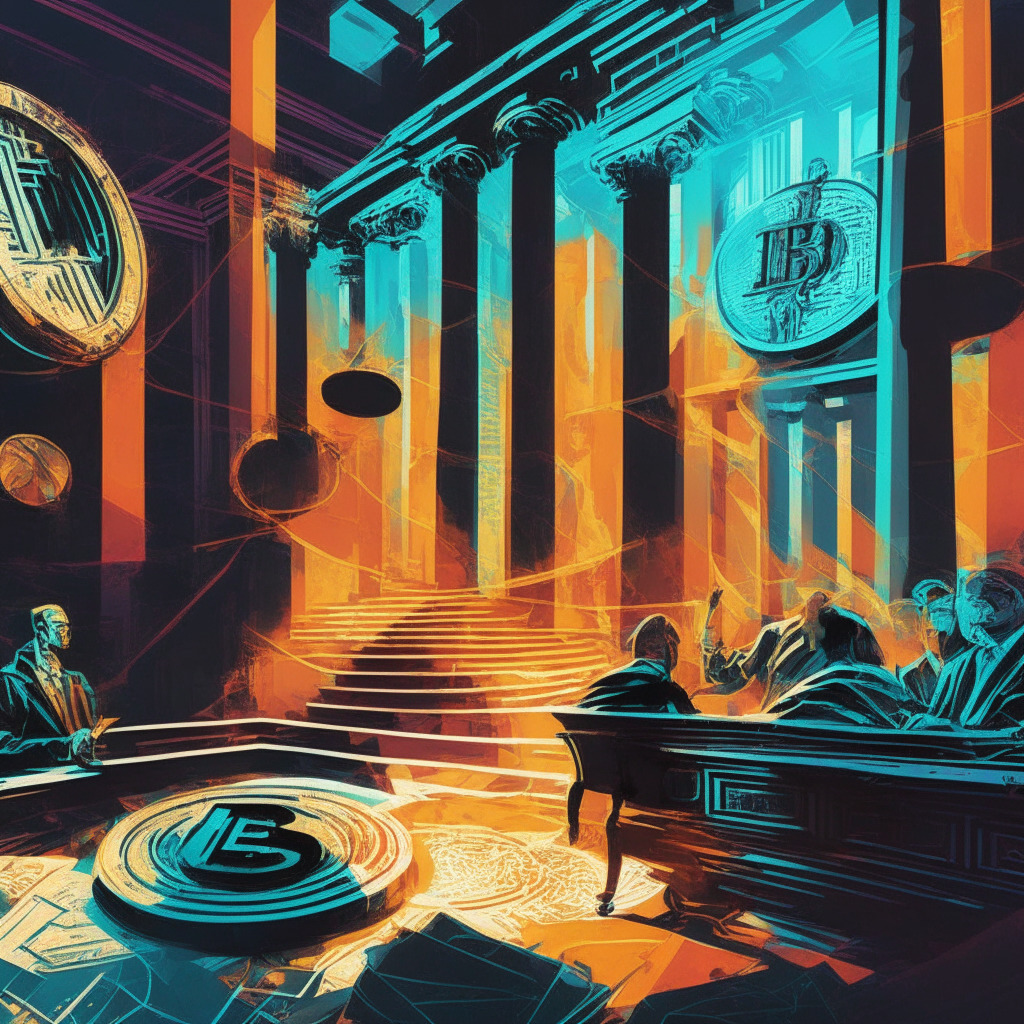From the desk of a former Federal Reserve Board analyst comes a perspective that flips the coin on stablecoins and their perceived risk. According to Brendan Malone, who penned a policy paper for technology investment firm Paradigm, stablecoins are in fact less risky than bank deposits and quite dissimilar to money market funds.
These may seem like bold assertions to some. After all, banks are institutions deeply entrenched in our financial systems. They are, however, exposed to so-called “maturity transformation” – a scenario where they accept short-term deposits and use those funds to offer long-term loans that are not repaid for years. The collapse of Silicon Valley Bank in March, which had client deposits allocated to long-term assets and had to be shut down by regulators following a bank run, stands as a stark example of the inherent risks of maturity transformation.
Drawing the contrast, Malone argues that stablecoins pegged to a fiat currency like the U.S. dollar do not inherently pose similar risks. Because their reserve assets are usually backed by short-dated Treasuries and segregated from the issuer’s assets, there is no duration mismatch between short-term liabilities and long-term or risky assets. Clearly, we are looking at a different beast.
In terms of functionality too, stablecoins differ significantly from money market funds. They are primarily used as means of payment or transactions based on the U.S. dollar peg, rather than as an investment option or a cash management vehicle. For the largest U.S. dollar-pegged stablecoins, holders do not receive any return. Rather, they are used as the equivalent of cash itself.
However, regulating these dissimilar entities under the same frameworks can lead to unforeseen issues. If stablecoins are regulated without taking into consideration their peculiarities, it could result in stringent bank-like oversight of stablecoin issuers. This would invariably limit competition and increase market dominance by a handful of large players. Regulatory guardrails that preserve confidence in stablecoins while still fostering innovation is needed, asserts the policy document.
Since 2022, at least 50 digital asset bills have been introduced to the U.S Congress, including the Stablecoin Trust Act and the Stablecoin Innovation and Protection Act, seeking to regulate stablecoins. Though it remains to be seen how the legislative hammer will fall, it’s clear that stablecoins have become a subject for robust discussion in the world of finance. Love it or hate it, they are shaking the status quo and inviting us to rethink our traditional systems. But will they be given the room to flourish? Only time will tell.
Source: Cointelegraph




